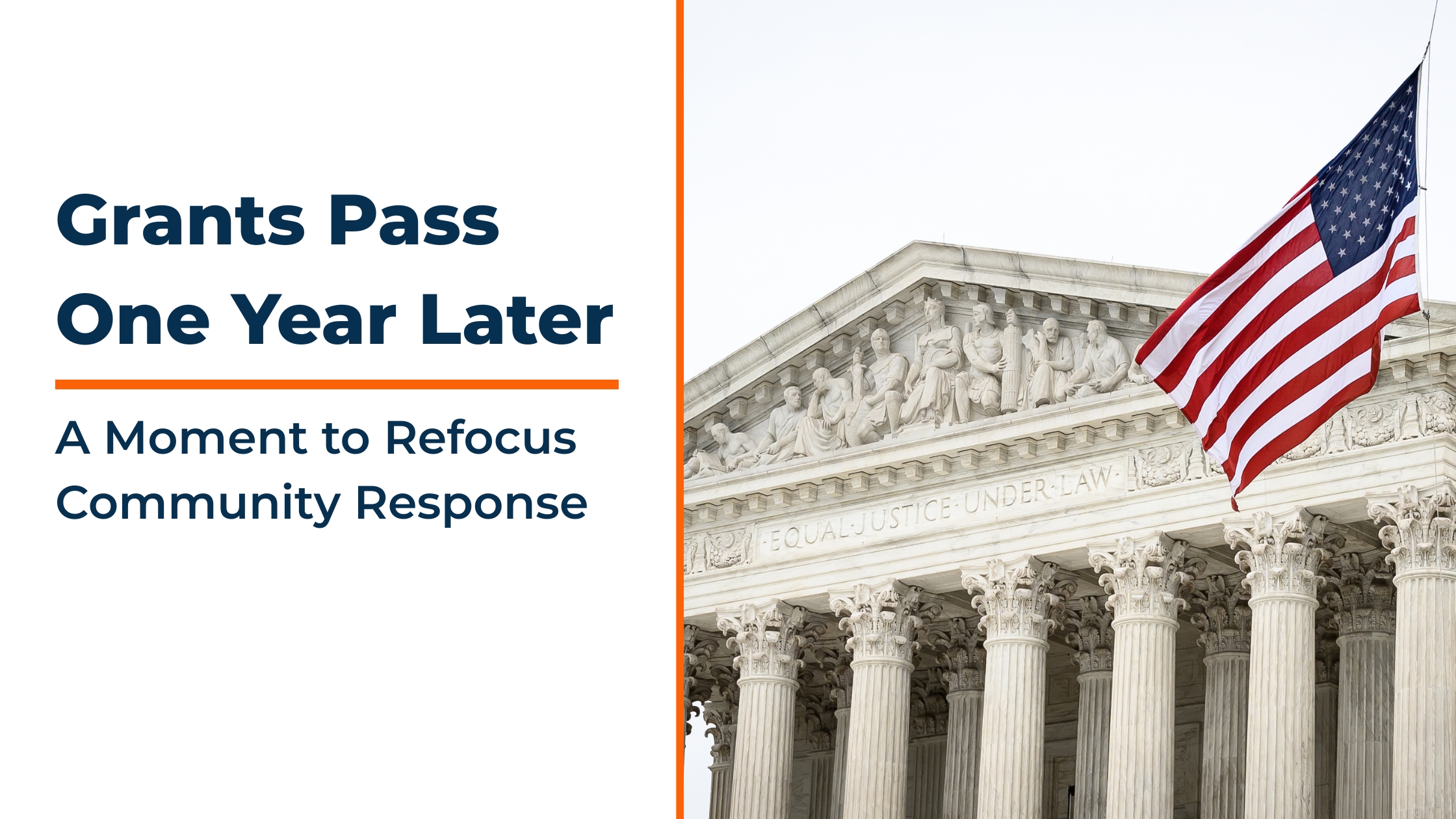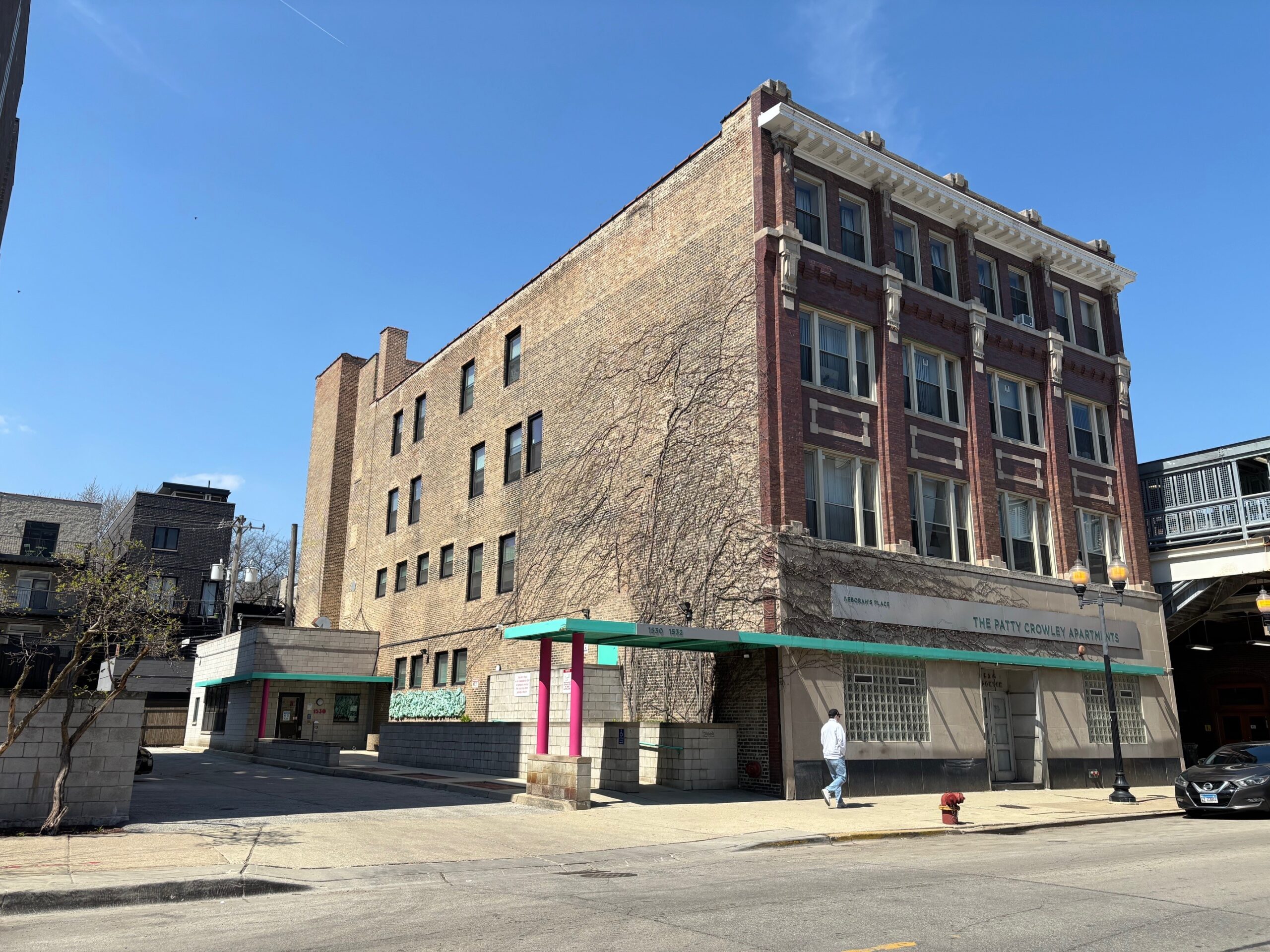New Challenges for Supportive Housing After Reconciliation Bill Passes the House
Congress has now passed the reconciliation bill, finalizing a set of policy changes that will have far-reaching effects on individuals experiencing homelessness and those living in supportive housing.
Supportive housing is effective because it combines affordable homes with access to healthcare and services. When those services become harder to access, the foundation of supportive housing becomes less stable and its impact more difficult to sustain.
While this legislation includes significant new resources for affordable housing and facility development by expanding Low-Income Housing Tax Credits and preserving the New Market Tax Credit program, it makes it harder for states to fund critical housing-related services. The bill restricts the ability of states to pay for Medicaid and adds administrative and eligibility barriers to healthcare and nutrition programs, making it harder for people to access services that help them remain stably housed. States now face making difficult budget decisions to close gaps or cut enrollment and services to balance their budgets.
CSH remains committed to supporting the field through this transition period. In the coming weeks, we will share a thorough analysis of the bill and materials to help providers and policymakers understand the implications, navigate the challenges, and take advantage of the new affordable housing resources. We will also monitor the proposed consolidation and funding reductions to the Continuum of Care program and rental assistance programs that are still being considered as part of the broader fiscal year 2026 appropriations process.
Our focus remains on ensuring that supportive housing remains a viable and effective solution to homelessness and housing insecurity. CSH will continue to advocate for sustained funding and infrastructure for supportive housing as Congress takes up additional budget legislation in the months ahead.
We are grateful to stand with all who have weighed in with their congressional delegations, and who we know will continue to fight for people and communities where no one is left behind.
Deborah De Santis
CSH President and CEO










